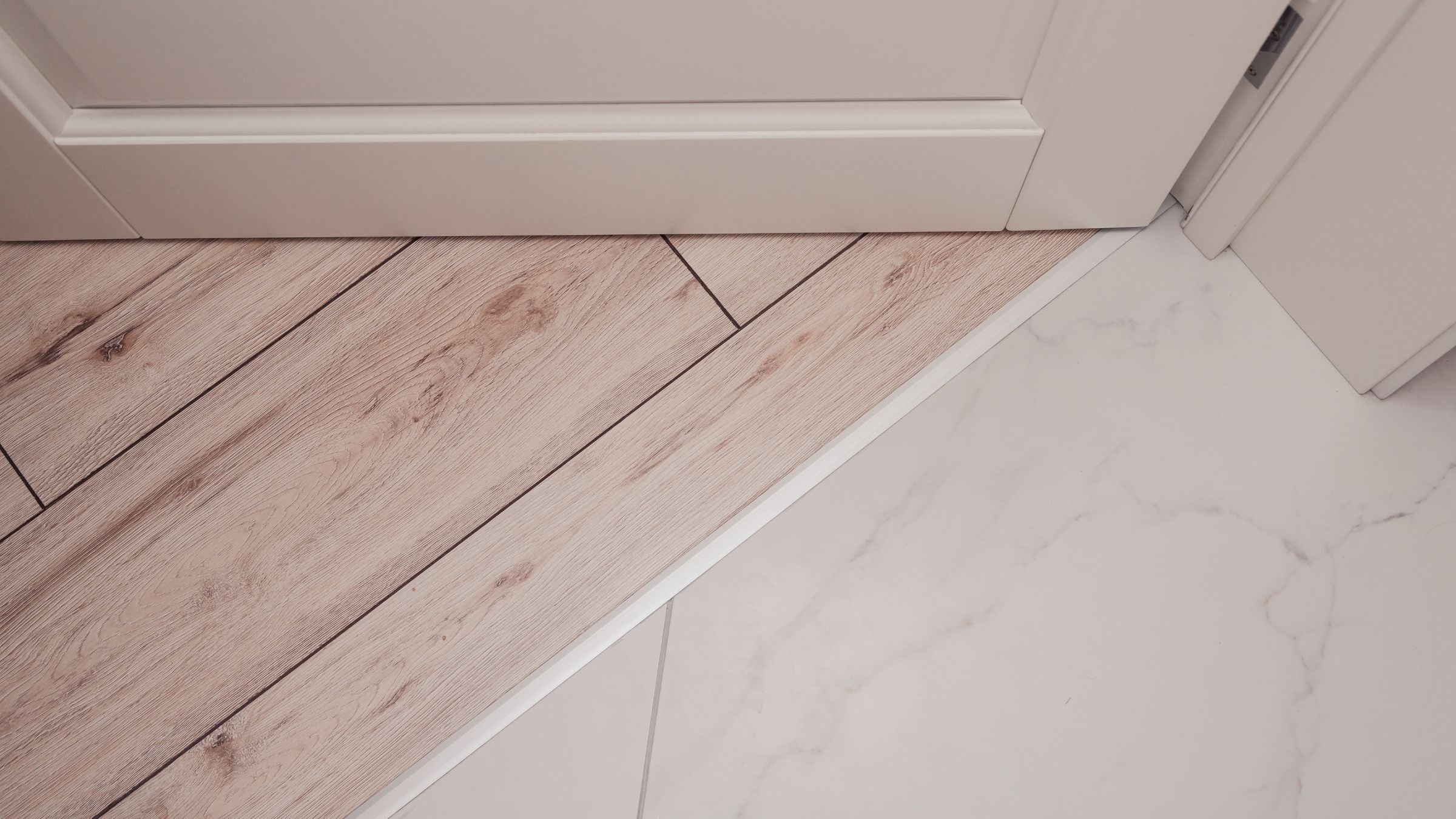When it comes to installing new flooring, there is a variety of common floor trim to choose from.
Most manufacturer's sell matching floor trim for many of their flooring collections. These trims can help create a seamless transition between different types of flooring.
We will cover the most common flooring trim: T-Molding, Reducer, Quarter Round, Flush Stair Nose, Overlap Stair Nose, and Stair Tread.
T-Molding

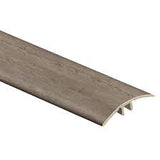
T-Molding is typically used to transition between two different types of flooring that are the same height.
It's named after its T-shaped design and is commonly used in doorways or hallways.
T-molding works well for any combination of flooring materials (hardwood, laminate, vinyl, etc.) as long as they are installed at the same height.
Another key reason T-molding is popular is that it allows for natural expansion and contraction of flooring, particularly floating floors.
The T-molding provides a gap between the two flooring materials, allowing them to expand and contract without buckling or warping.
Reducer


Reducers slope down to connect two different types of flooring at different heights.
Hardwood floors are typically thicker than laminate or vinyl flooring. A reducer creates a smooth slope to bridge the gap and prevent tripping hazards.
Similar, tile is often thicker than carpet. A reducer provides a safe and finished transition between the two surfaces.
Reducers are not limited to specific materials, but rather whenever you want a polished and secure transition between two flooring types with a height variation.
Quarter Round
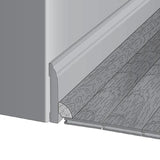

Quarter round flexibly covers gaps between flooring and the wall or baseboard.
Baseboards don't always perfectly hug the floor due to slight imperfections or natural variations in flooring materials. Quarter round provides a clean and finished look by hiding the gap.
Carpet usually covers any small gaps between the floor and the wall. So, quarter round is most often used with hardwood, laminate, vinyl, or tile flooring where there might be a visible gap.
Quarter round is a versatile trim piece that can be a quick and easy way to add a finishing touch to any flooring project.
Flush Stair Nose


Flush stair nose is a type of finishing piece used on stairs.
It is designed to create a smooth and seamless transition between the stair tread (the horizontal surface you step on) and the riser (the vertical part of the stair).
Flush stair noses typically integrate with the tongue-and-groove system of certain flooring materials like laminate or vinyl plank flooring.
It provides a clean, finished look to the stairs and can also help prevent tripping hazards. They also protect the exposed edges of the flooring material from wear and tear.
Overlap Stair Nose


Overlap stair nose is similar to the flush stair nose but extends over the edge of the stair tread and partially covers the riser.
Similar to flush noses, they protect the exposed edges of the flooring material from wear and tear.
Overlapping stair noses are generally easier to install compared to flush noses. They can be secured using adhesive and fasteners directly onto the subfloor or existing stair tread.
For some, the raised edge might be a slight tripping hazard, especially for those with mobility limitations.
Stair Tread
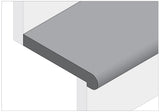
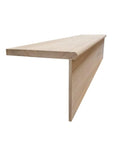
Stair tread is the horizontal platform you step on when using a staircase.
The primary function of a stair tread is to provide a safe and stable walking surface for navigating stairs.
There are standard building codes that dictate the minimum tread depth and rise height (the vertical distance between treads) to ensure safe and comfortable stair use.
The front edge of the tread might extend slightly over the riser, providing a visual cue for the step edge and potentially offering a bit more foot space.
Conclusion
Flooring trims are an important component of any flooring installation project.
They help provide a clean, finished look and can also help prevent tripping hazards.
By understanding the different type of trims available, you can choose the right one to fit your flooring and design needs.
These five trims are the most common that you'll encounter, and now you have a better understanding of their uses and benefits.

